Instructions for panelists:
For the plenary panel #2, please email the panel moderator (Prof. Somali Chaterji) your Google slides link (shared with: somalichaterji@gmail.com) (with the email subject: NSFCPS24panel) the night before with a cc to Jason Gigax (jason.w.gigax@vanderbilt.edu)
Template:
https://docs.google.com/presentation/d/1BK9IIb46qGKUw_q3LfbFcGNY2z4NA8R0giSXnTIN2UU/edit?usp=sharing
You don't need to get your own computer for presenting since we are in the SLC ballroom. The moderator will have all the presentations compiled to save time so be sure so send the link the night before (03/19).
Abstract
This panel zeroes in on the transformative journey of turning innovative research into commercially viable technology, specifically within the sectors of computer systems and cyberphysical infrastructures. It underscores the process of acquiring essential funding --- including center-scale grants, NSF GOALIs, and NSF CAREER awards --- and highlights successful strategies for forging the academia-industry nexus. Panelists with a proven track record in assembling compelling center-scale proposals, nurturing industry-academia partnerships, and synchronizing their research goals with funding opportunities will share their insights. The discussion will traverse the intricacies of launching startups, securing funding, and identifying the product-market fit, aiming to shed light on the complex landscape of technology transition. Participants will learn about moving from theoretical concepts to practical, durable technological solutions, with a particular emphasis on advancing areas such as CPS automation, mobility startups, CPS in healthcare and agriculture, and developing scalable, cost-aware cloud infrastructures for CPS deployment. This session aims to provide attendees with actionable insights for advancing computer systems and cyberphysical infrastructures from concept to market entry, emphasizing specific pathways for innovation.
Following this session, we will convene a Part 2 featuring a panel of virtual panelists who will further advance the conversation, diving deeper into the intricacies of technology transition in computer systems and CPS. Be sure to check our CPS VO site for updates and details on this upcoming continuation.
Panelists
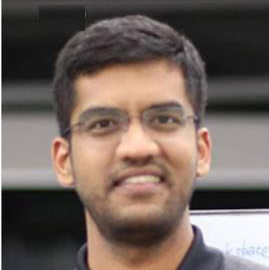
Vinu Joseph
NVIDIA
How does NVIDIA do tech transition, such as in the space of CPS automation?

James Anderson
The University of North Carolina, Chapel Hill
You want to write an NSF GOALI proposal, now what?
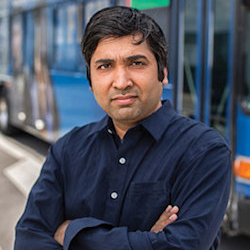
Abhishek Dubey
Vanderbilt University
Tech transition with Mobius, an academic entrepreneur's journey
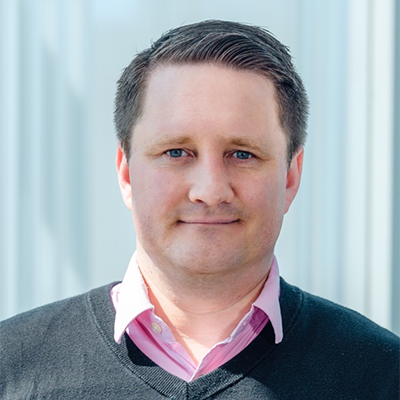
James Weimer
Vanderbilt University
Innovation to tech transition in CPS for health
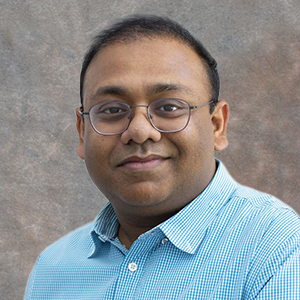
Soumik Sarkar
Iowa State University
How center-scale proposals enable tech transition
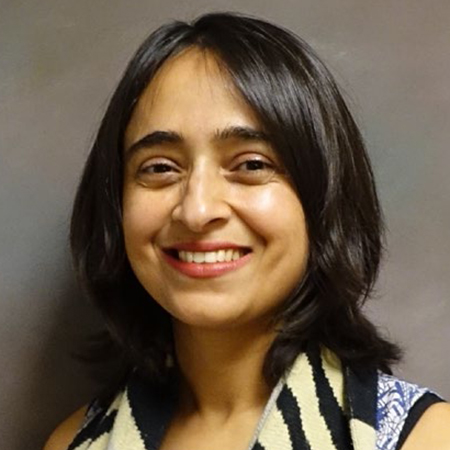
Somali Chaterji
Purdue University (Moderator)
KeyByte: How blazing speeds for cloud (or on-prem) databases could come to your rescue.
Relevance of panelists’ work in the transition space to CPS
- Dr. Vinu Joseph: Exploring how GPUs and AI platforms from NVIDIA are integrated into CPS infrastructures to enhance capabilities like real-time processing and autonomous decision-making could be insightful.
- Dr. James Anderson: Shedding light on the importance of industry-academic partnerships, particularly through NSF GOALI (Grant Opportunities for Academic Liaison with Industry) projects, in advancing CPS research and development.
- Dr. Abhishek Dubey: Tech transition with a startup like Mobius can provide a unique perspective on the entrepreneurial journey within the CPS ecosystem.
- Dr. James Weimer: Discuss how healthcare CPS, such as medical devices and health monitoring systems, have evolved through innovation.
- Dr. Soumik Sarkar: Discuss how center-scale proposals could provide insights into how large-scale research initiatives can support tech transition in CPS.
- Dr. Somali Chaterji: Explore how blazing speeds in data processing might revolutionize data management within CPS frameworks, enhancing efficiency and scalability.